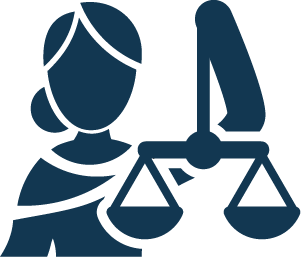Key players
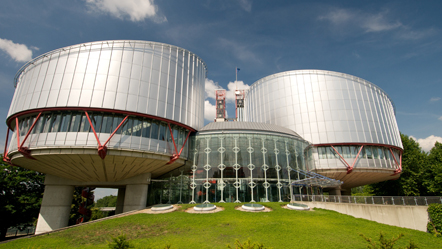
The European Court of Human Rights

Set up in 1959, the European Court of Human Rights is a judicial body guaranteeing the rights enshrined in the European Convention on Human Rights for everyone under the jurisdiction of a contracting state. There has been a single Court since 1 November 1998 which sits permanently in Strasbourg (France).
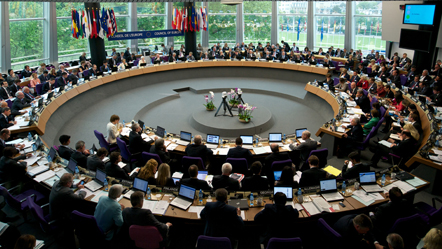
The Committee of Ministers

The execution of a judgment continues to be under the supervision of the Committee of Ministers until the desired results are achieved. The Committee of Ministers takes an active part in seeking solutions by offering encouragement, assistance, or if necessary applying pressure. Once the Committee considers that the judgment has been fully executed, it publicly adopts a “Final Resolution”, setting out in detail the measures taken.
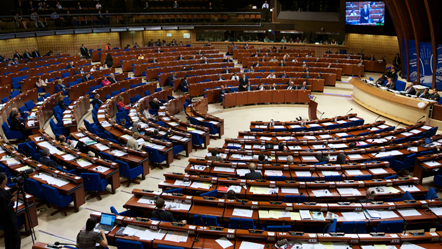
The Parliamentary Assembly

The judges of the European Court of Human Rights are elected by the Parliamentary Assembly from lists of three candidates proposed by each State. They are elected for a renewable term of 9 years. The number of judges at the Court is the same as that of the States Parties to the Convention. The judges are totally independent.
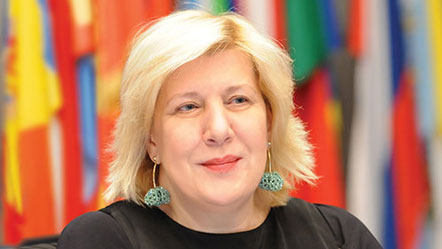
The Commissioner for Human Rights

The Commissioner is an independent body responsible for promoting education, awareness and respect for human rights in member states. The Commissioner plays an essentially preventive role.

The European Social Charter

The European Social Charter (1961), its Additional Protocol (1988) and the Revised Charter (1996) guarantee a range of fundamental social rights. These relate primarily to employment (e.g. non-discrimination, trade union rights, right to social welfare), protection against poverty and social exclusion, and the right to decent housing.
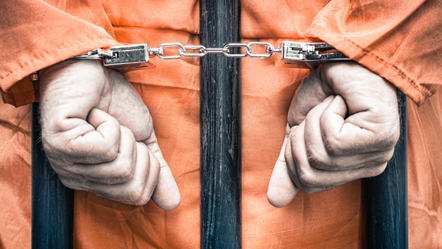
The European Convention for the Prevention of Torture

In 1987 the Council of Europe adopted the European Convention for the Prevention of Torture and Inhuman or Degrading Treatment or Punishment. This Convention supplements the protection provided by the European Convention on Human Rights by establishing a European Committee for the Prevention of Torture (CPT), made up of independent and impartial experts, who visit places of detention to see how detainees are treated.

The Framework Convention for the Protection of National Minorities

This is the first legally-binding multilateral instrument to protect national minorities in general. It sets out the principles to be upheld by the states that ratify it. These include equality before the law, taking measures to preserve and develop cultures and to safeguard identities, religions, minority languages and traditions.
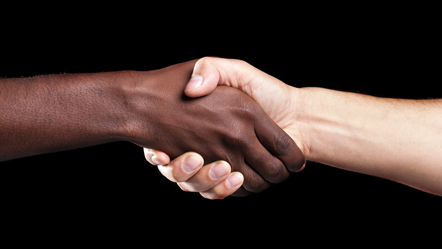
The European Commission against Racism and Intolerance (ECRI)

ECRI was set up in 1993 to strengthen the fight against all forms of racism, xenophobia, anti-Semitism and intolerance at European level. It evaluates the effectiveness of national and international measures in this field and encourages action at all levels. It evaluates the effectiveness of national and international measures in this field and encourages action at all levels.
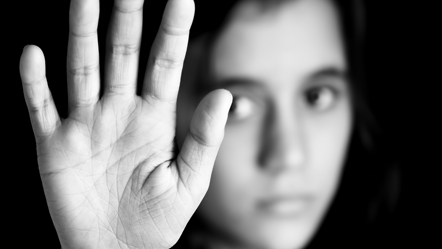
Convention on Action against Trafficking in Human Beings

The Convention is a comprehensive treaty concentrating essentially on the protection of victims of trafficking and on defence of their rights. It also concerns the prevention of trafficking and the prosecution of traffickers. It applies irrespective of the victims, women, men or children, and whatever the forms of exploitation, sexual exploitation or forced labour or services, etc.
